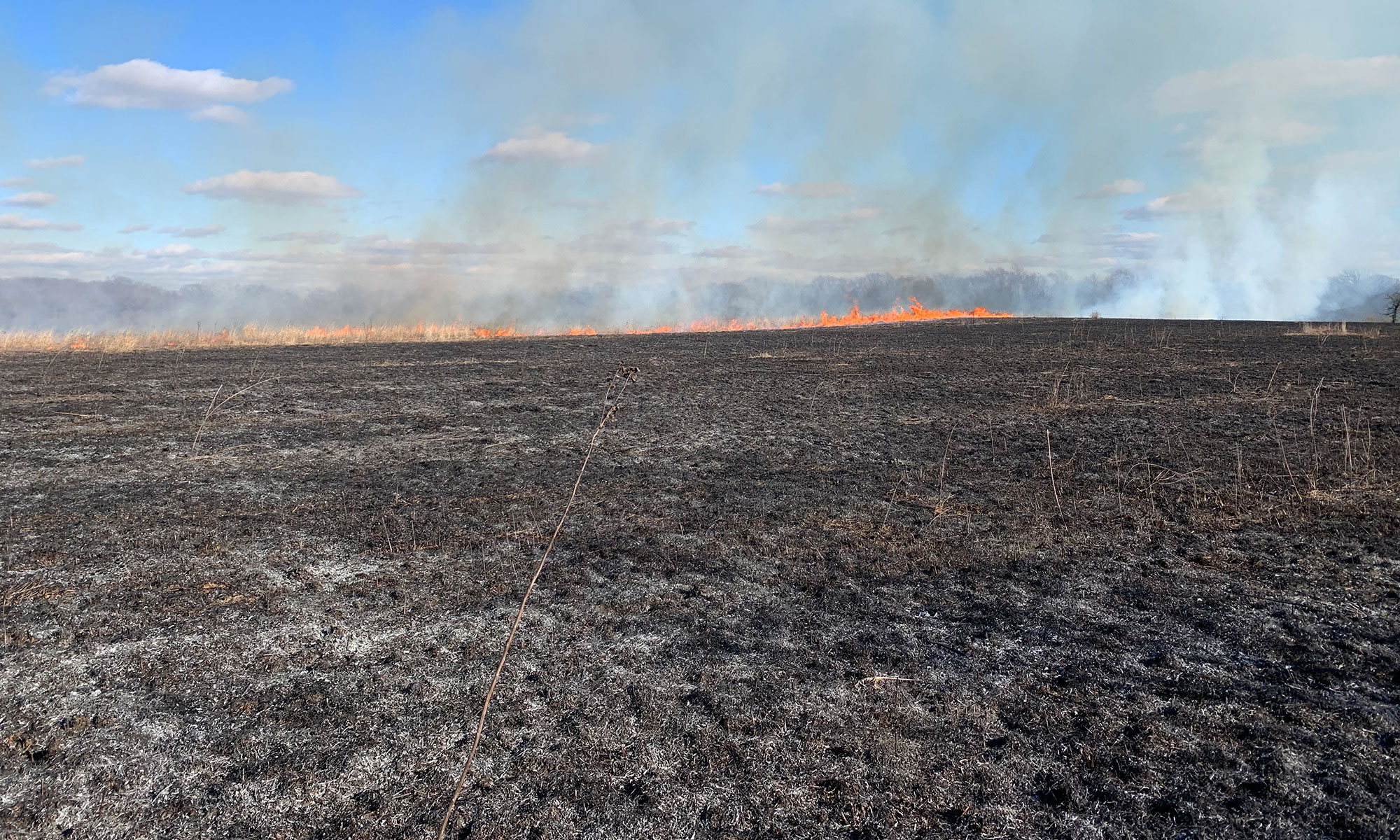Anthropogenic fire and tallgrass prairies
EAL is engaged in research to identify when and how Indigenous peoples used fire in the Eastern Tallgrass Prairie Peninsula. Fire is not just an issue in forests of the Western US. Historical records and Native American traditions show that anthropogenic fire helped to maintain prairie ecosystems of the Midwest, but we do not know when these traditions began. We are combining new archaeological and paleoecological investigations with computer simulations to tackle this question. Our first interdisciplinary project reinvestigates localities in Northern Illinois with proven paleoecological and archaeological records. We will apply new analyses of sedimentary charcoal and biomarkers from lake cores with low-impact geoarchaeological testing at cultural sites. These studies involve collaborations with archaeologists, land managers, biochemists, paleoecologists, and fire modelers, and will be conducted in consultation with Tribal Nations.
Knowing when and how Indigenous people managed prairie ecosystems is relevant to the present-day. Today, nearly all fire on prairies is anthropogenic fire (i.e., prescribed burns). Efforts to restore more prairies means our landscapes will need more fire. Climate change will lead to greater swings between very wet and very dry conditions, which can make prescribed fire more risky and harder to control. This could pose challenges when managing restored prairies in suburban and urban areas. Prior studies have found that prairie ecosystems emerged during a drier and hotter time period in the Midwest at approximately 6000 years ago, and there is abundant archaeological evidence that the Ancestors of Native Americans were utilizing these emerging prairies. Understanding the deep history of fire will help present-day communities and land managers better appreciate the need for prescribed fire, and encourage engagement with Indigenous practitioners and traditions of land management.



Modern analog sampling of charcoal produced from prairie fires
We need good proxies for fire before we can understand if, when, and how the ancestors of Native Americans influenced fire regimes in prairies thousands of years ago. Charcoal found in layers of lake and river deposits allow us to identify the intensity, size, and frequency of ancient fires. The problem is that scientists have mostly studied charcoal from forest fires or from grasslands of the Great Plains. The eastern tallgrass prairies need study because they are a unique mix of savannas, riparian forests, and grasslands. EAL participates in prescribed burns with the Champaign County Forest Preserve and the UI Natural Areas. We collect charcoal from their fires and bring the samples back to the lab and quantify the charcoal produced by different types of fires. This helps us understand records of ancient fire.



